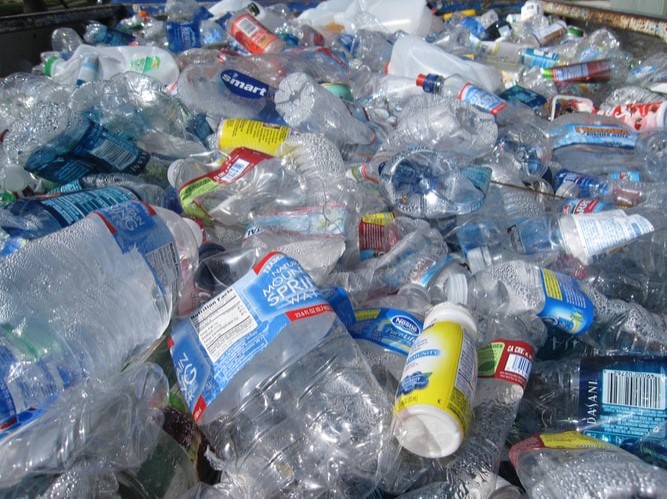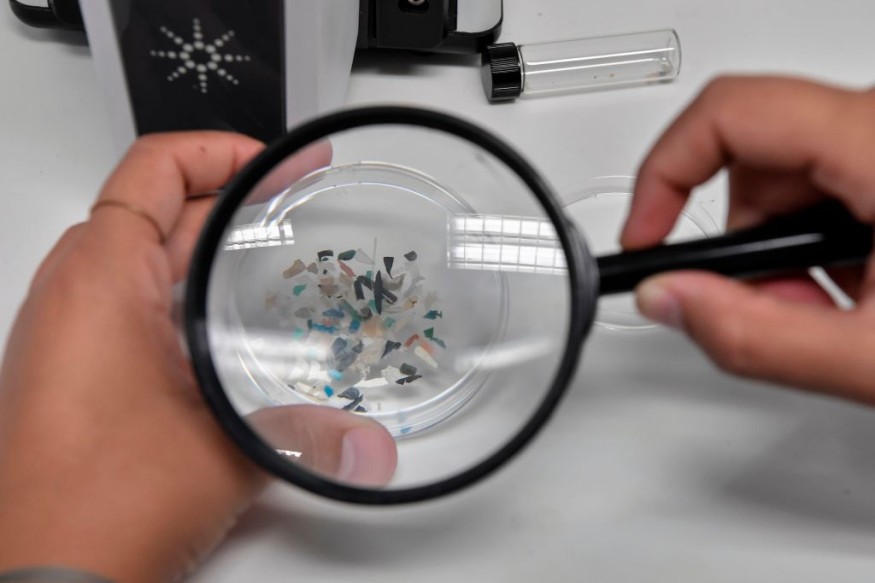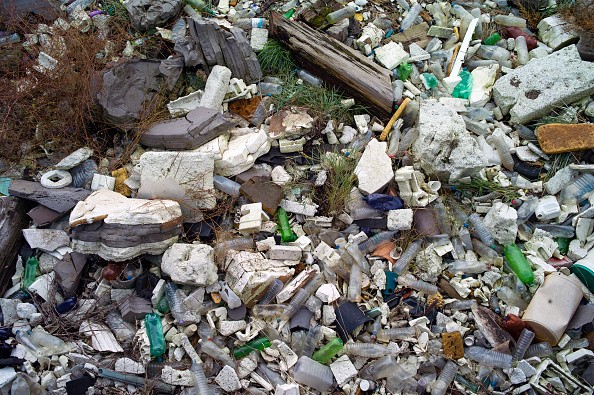
If you leave a cheap plastic bag in the sun long enough, it will ultimately disintegrate into a powdery mess, with its petrochemical pieces being blown around by the wind.
Microplastic pieces, which are already a substantial environmental danger, may not even be the worst byproduct of this breakdown.
Researchers from the Woods Hole Oceanographic Institution discovered that sunshine might break down plastics and transform their base polymers and additives into a soup of new compounds.
The process isn't exactly slow, though, with various plastic bags exposed to sunlight for less than 100 hours leaking a considerable mix of soluble organic carbon molecules.
Plastics Discarded EVERYWHERE

Although many communities worldwide are concerned about the environmental cost of convenience in a shopping bag, it's still all too simple to locate a merchant willing to give you a single-use polyethylene sack with your purchase.
There's a good possibility the bag will end up in a landfill rather than a recycling facility once it's been used.
Or, even worse, it might be left exposed somewhere in the landscape, where it could ultimately flutter its way into streams or the ocean, joining the staggering 640,000 tonnes of plastic dumped by commercial fishing each year.
Nobody knows what will happen to this rubble in the end. A large number of them wind up in the stomachs of animals such as birds and whales. It eventually degrades into progressively minute microscopic fragments.
However, many facts about its spread and fragmentation remain unknown.
Sunlight Chemically Churning Plastics
Researchers have discovered that sunlight may chemically convert plastics and their additives into new polymers, as well as smaller chemical units that dissolve more easily and are made airborne, implying the possibility of more nefarious transformations.
It's one thing to make individual discoveries. The vast range of chemical compounds a plastic object can create when baking in the sun was unknown until today.
Analyzing Plastic Bags
The researchers gathered a sample of consumer polyethylene bags from retail outlets such as Target and Walmart. A used bag from a CVS in a city with a plastic bag ban was also included in the study. As a control, Goodfellow provided an additive-free, low-density film bag.
The bags were analyzed for organic and metal content, as well as spectral characteristics. Then, to mimic immersion in saltwater, researchers dropped swatches from the bags into sterile beakers filled with an ionized solution.
For six days, half of the beakers were kept in a dark place. The others were placed in a temperature-controlled room for five days, where they were exposed to a constant stream of radiation that replicated the effects of sunshine.
It was discovered that samples kept in the dark released a small quantity of dissolved organic compounds into the salty solution. Those who remained in the sun, on the other hand, were surrounded by new compounds.
The difference in concentrations between the shaded container and the one exposed to sunshine was highest in the used CVS bag, a measure that only increased the longer it was kept in the light.
Pulling apart this plastic soup into a list of its constituent molecules showed tens of thousands of dissolved organic compounds, all created in the time it took to float around in the water under the glare of the sun for just weeks.
Environmental Consequences

The entire process is at least ten times more complicated than chemists previously realized, allowing lots of potential for hazardous compounds we never thought would be a problem.
"It's incredible to imagine that sunshine can break down plastic, which is essentially one molecule with certain additives mixed throughout," explains scientist Collin Ward.
"We need to consider not just the fate and effects of the original plastics that seep into the environment, but also how those materials are transformed."
Today's critical question is what those chemicals do in the environment or the tissues of the creatures that live there. In low quantities, there may be little to be concerned about.
However, as plastic trash accumulates in an ever-worsening environmental disaster, those concentrations may rise to levels we wish we'd seen sooner.
"We need to examine plastics that are typical of those that are spilled into the environment, as well as the weathering mechanisms operating on them," Ward adds.
© 2025 NatureWorldNews.com All rights reserved. Do not reproduce without permission.





